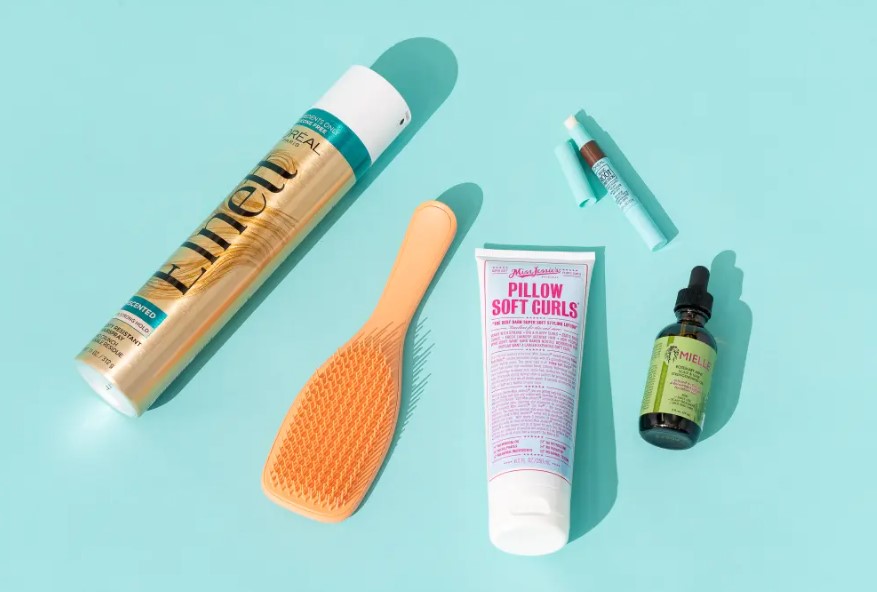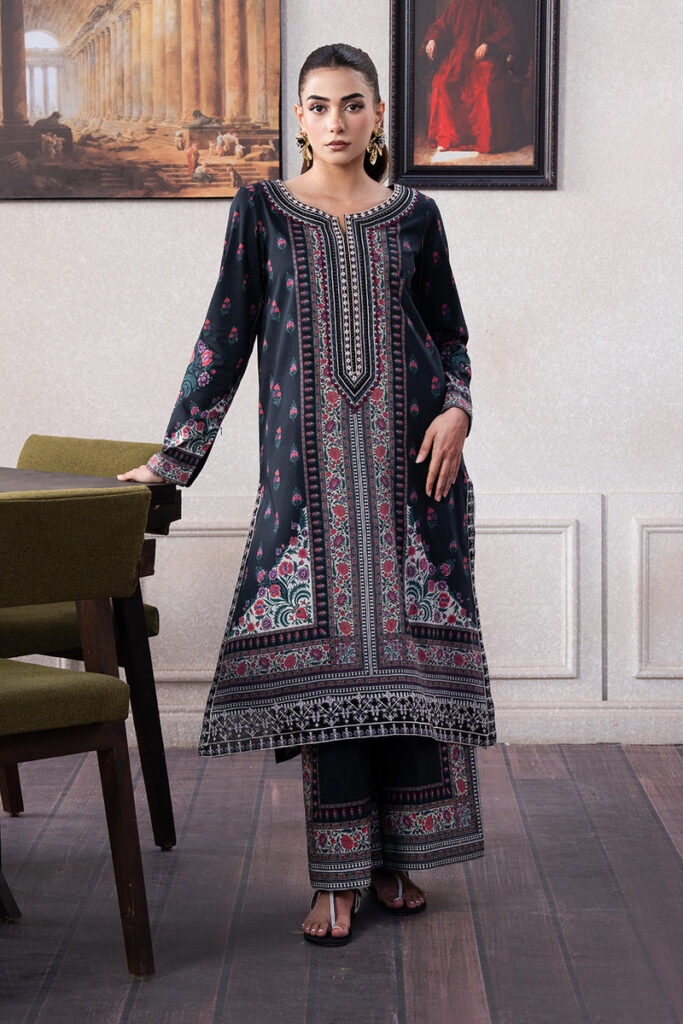Beauty products have been an integral part of human civilization for thousands of years. From the ancient Egyptians using kohl to define their eyes to the booming global cosmetics industry today, beauty products Daly City have evolved into a powerful cultural and economic force. In the modern world, they do far more than enhance physical appearance — they influence self-expression, confidence, and even social identity.
A Brief History of Beauty Products
Historically, beauty rituals and products were often associated with status, health, and spirituality. Ancient Greeks used natural oils for skincare, while the Chinese dynasty eras revered pale skin, using rice powders to lighten the complexion. Over time, these rituals became more sophisticated with the development of formulas and tools for skincare, makeup, haircare, and personal hygiene.
The 20th century saw the commercialization of beauty with the rise of iconic brands like L’Oréal, Estée Lauder, and Revlon. What was once a luxury became accessible to the masses. Advertising, Hollywood, and later, social media, played crucial roles in shaping beauty standards and influencing product trends.
The Types of Beauty Products
The term “beauty products” covers a broad range of items, typically divided into several categories:
-
Skincare: Cleansers, moisturizers, serums, sunscreens, and treatments aimed at improving the skin’s health and appearance.
-
Makeup: Foundations, lipsticks, eyeliners, mascaras, and more, designed to enhance or alter facial features.
-
Haircare: Shampoos, conditioners, treatments, and styling products for maintaining and enhancing hair health and appearance.
-
Fragrances: Perfumes and body sprays used for personal scent.
-
Personal care: Deodorants, oral care products, and other hygiene-focused items.
Modern Trends in the Beauty Industry
The beauty industry is continuously evolving, influenced by science, technology, culture, and consumer demand. Some of the most prominent trends today include:
-
Clean and Sustainable Beauty: Consumers are increasingly drawn to products that are eco-friendly, cruelty-free, and made with non-toxic ingredients. Packaging innovations and ethical sourcing are also gaining attention.
-
Inclusivity and Diversity: There’s a growing demand for beauty products that cater to all skin tones, types, and identities. Brands are expanding shade ranges and marketing to a broader, more inclusive audience.
-
Tech-Driven Beauty: Augmented reality (AR) apps, AI skin analysis, and personalized skincare routines are changing how consumers choose and use products.
-
DIY and Minimalism: A shift towards minimal skincare routines and multifunctional products is simplifying beauty regimens, especially post-pandemic.
The Psychological and Social Impact
Beauty products can play a significant role in shaping an individual’s self-image and confidence. While they can empower people to feel their best, they can also create pressure to conform to often unrealistic standards. The rise of “filter culture” on social media has sparked important conversations about authenticity and mental health in relation to beauty norms.
Fortunately, a growing number of brands and influencers are promoting messages of self-love, body positivity, and real beauty — helping reshape the narrative around what it means to be beautiful.
Conclusion
Beauty products are much more than tools for appearance; they are expressions of identity, culture, and innovation. As the industry continues to adapt to modern values and technological advancements, the future of beauty looks more inclusive, personalized, and sustainable. Whether for self-care, artistry, or confidence, beauty products will always hold a unique and evolving place in our lives.









